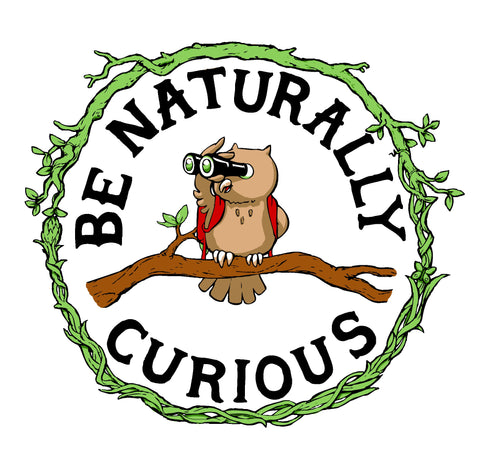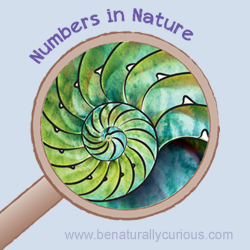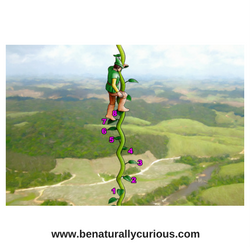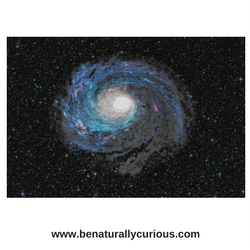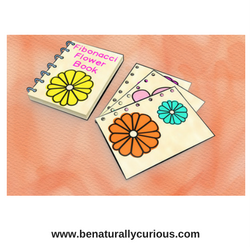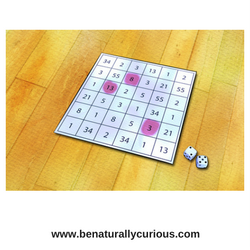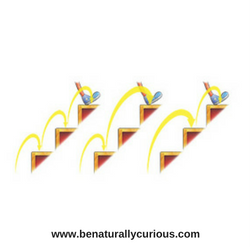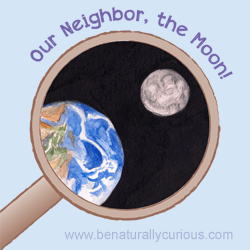Numbers in Nature
Does the intersection of math, art, and nature sound right up your child’s alley? Numbers in Nature; Playing with the Fibonacci Sequence will help him or her learn how these three different fields are more related than we think. This mini-course takes one of the most fascinating mathematical topics, the Fibonacci sequence, and the related Golden Ratio, and shows kids how math can be used to see patterns in all kinds of natural settings, such as leaf arrangement, snail shells, and hurricanes. It also teaches kids basic mathematical concepts such as sequences and sets. This is a great course for anyone who would like to show the power of mathematics in allowing us to understand the world around us.
Mini-course is provided as a 29-page PDF including a separate Science Tool Kit PDF to collect your badges.
Course Contents
- Story: Fibonacci and the Beanstalk. Climb along with Fibonacci up his beanstalk and see how a mathematical sequence can help us understand patterns in nature.
- Activity 1: Flower Power. Use Fibonacci’s famous sequence and the Golden Angle to draw your own flowers and make your own Fibonacci Flower Book. Next, use the included Field Journal to find Fibonacci flowers in your neighborhood.
- Activity 2: The Golden Spiral. Visualize the relationship between numbers and shapes by drawing your own golden spirals. Do these remind you of anything in nature?
- Activity 3: Purely Numbers Game. Use the Fibonacci sequence to make mathematical sets and create new numbers. Who will be the first to find all the sets they need?
- Activity 4: Walk for Fibonacci. How well do you know the Fibonacci sequence? Find out as you try to reach the finish line in this movement-based activity.
- Curiosity Connector. Check out these fun videos and books that look at the intersection of math, art, and nature.
- Tools for Your Tool Kit. See if you can answer all the questions about math and patterns in nature to earn tools for your Science Tool Kit.
- Glossary. Learn the mathematical terms for describing the Fibonacci sequence and the scientific terms for where it is observed in nature.
Materials Needed
Colored pencils, eraser, pencil, scissors, mathematical compass (optional), two dice, blank paper, tape or glue.
Scientific Expert Cristine Boles.
Illustrations by Charlie Alolkoy.
